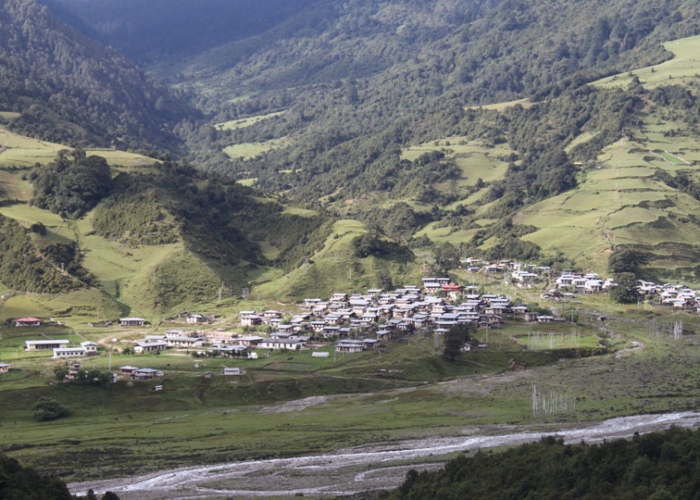Bhutan, often called “The Land of the Thunder Dragon,” is a destination that remains elusive on most travelers’ maps. Tucked between China and India, this Himalayan kingdom offers much more than its iconic Tiger’s Nest Monastery and imposing dzongs. What makes Bhutan truly mesmerizing are its lesser-known treasures—natural beauty, ancient traditions, and hidden spots that most tourists never get to see. Here’s a glimpse into two such marvels in Bhutan that promise an unforgettable experience.
The Forgotten Village of Merak
If you want to witness life in Bhutan as it was hundreds of years ago, make your way to Merak, a remote village near the eastern border of the country. Untouched by the bustling tourism industry, the people in Merak live a semi-nomadic lifestyle. They depend on yak herding and create vibrant textiles, known as “Bhutanese Brokpa,” which are dyed using natural ingredients like walnut and marigold. Visiting Merak is like stepping back in time; the hamlet is void of modern technology and the community lives in harmony with nature. Witness ancient Bhutanese rituals, take part in local dances, and be welcomed into traditional yak-hair tents for a cup of yak-butter tea. Getting to Merak is an adventure in itself; a long trek through rhododendron forests and crossing high mountain passes. But the effort is well worth it.

Haa Valley: Bhutan’s Best-Kept Secret
Often overshadowed by more popular sites, Haa Valley is one of Bhutan’s most beautiful and isolated regions. Located in the south-western part of the country, the valley is known for its pristine alpine meadows, dotted with ancient shrines and temples. For thrill-seekers, Haa Valley offers breathtaking trekking and mountain biking routes that wind through virgin forests. In addition to its natural wonders, the valley is home to two significant temples—Lhakhang Karpo (White Temple) and Lhakhang Nagpo (Black Temple)—which are said to have been built in the 7th century. These temples offer a glimpse into Bhutan’s spiritual past and its role in its people’s daily lives. To get the most out of your visit, consider planning your trip during the annual Haa Summer Festival, where locals display their traditions, crafts, and culinary skills.